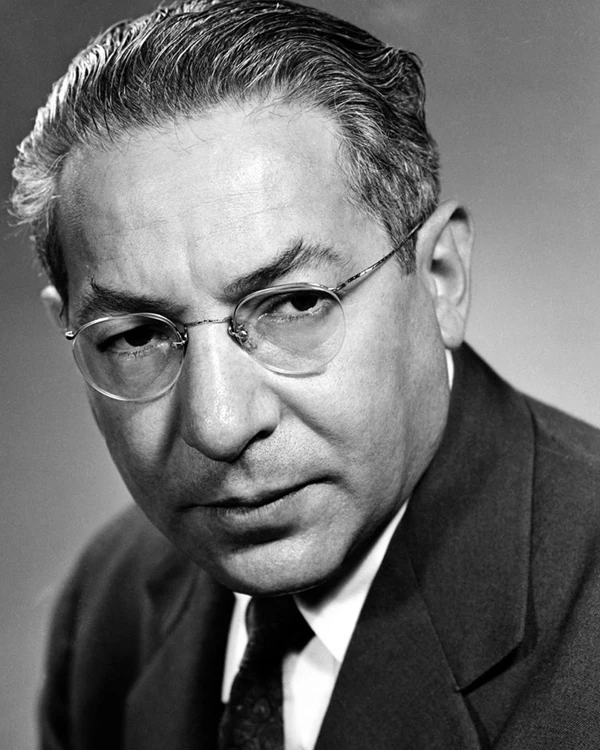Last updated: September 26, 2023
Person
Manhattan Project Scientists: Isidor Isaac Rabi

Courtesy Atomic Heritage Foundation
Isidor Isaac Rabi (1898-1988) often said, “My mother made me a scientist without ever intending to. Every other Jewish mother in Brooklyn would ask her child after school, ‘So? Did you learn anything today?’ But not my mother. ‘Izzy’ she would say. ‘Did you ask a good question today?’ That difference – asking good questions – made me become a scientist.” He received his bachelor’s degree in chemistry from Cornell in 1919, and his PhD in physics in 1927 from Columbia. Along the way he had become interested in quantum physics and spent two years in Europe working with many of the leading pioneers in that field, including Niels Bohr and Robert Oppenheimer. He returned to Columbia in 1929, becoming a full professor there in 1937. In 1940 he became associate director of the Rad Lab at MIT, working with radar. He strongly believed it was critical to the war effort, and when Robert Oppenheimer offered him the position of associate director at the Los Alamos site of the Manhattan Project, he turned it down. But like others including E.O. Lawrence and Niels Bohr, he visited Los Alamos often as a consultant. He was present at the Trinity Test.
He received many honors, including the 1944 Nobel Prize in Physics for his “resonance method for recording the magnetic properties of atomic nuclei.” After the war he worked for peace, and for limitations on nuclear weapons. He followed Oppenheimer as chair of the Atomic Energy Commission, 1952-1957, and was science advisor to President Eisenhower. Rabi was involved in the establishment of Brookhaven National Laboratory, New York, and CERN, the European Organization for Nuclear Research, in Switzerland. Besides many papers and reports, he authored two books, “My Life and Times As A Physicist” and “Science: The Center of Culture” and collaborated with several others on a book about Oppenheimer, “Oppenheimer: The Story of One of the Most Remarkable Personalities of the 20th Century.” In the 1980s when he was fighting cancer, his doctors examined him using an MRI (magnetic resonance imaging) machine, which had come out of his own early research.
